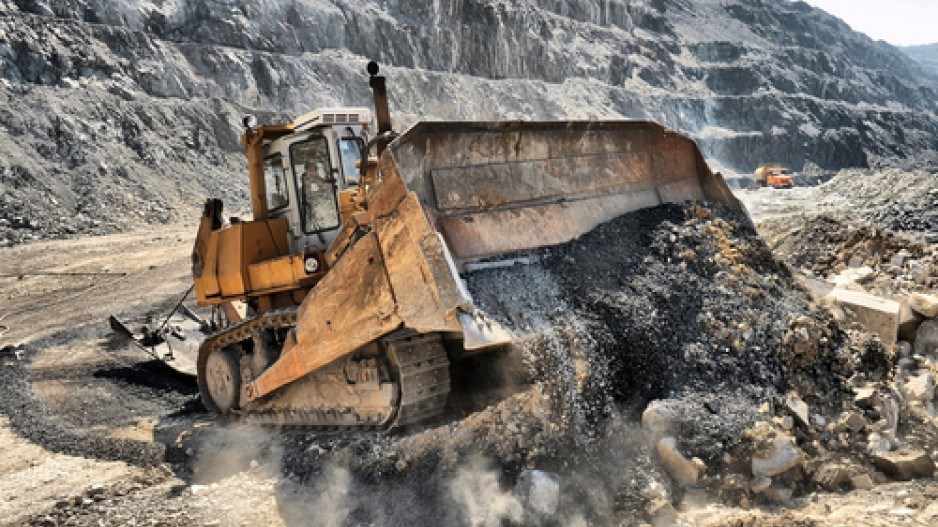According to the new Mining Deals report from PwC, despite the marked slowdown in mergers and acquisitions (M&A) in the first half of 2012 at the hands of global economic uncertainty and lowered commodity prices, miners with cash are taking advantage of lower valuations by entering M&A discussions and finding creative ways to fund projects.
Global mining M&A deal volume fell more than 30% in the first half of 2012 to 940 transactions, compared with 1,371 transactions for the same period in 2011.
Meanwhile, the total value of deals for the first six months of 2012 was $78.7 billion, slightly higher than $70.9 billion for the same period a year earlier, which includes Glencore International plc’s $53.6 billion offer for Xstrata plc. Excluding that blockbuster deal, the total value of deals announced in the first half of 2012 drops to $25 billion, one-third of last year’s first half-year total, reflecting the market downturn.
John Nyholt, Canadian mining deals leader, PwC, said, “With market conditions expected to remain tight for months to come, miners are looking for new ways to ensure future growth. M&A activity in the coming months will be spurred on by both opportunity and survival.
“These alternative strategies include companies with cash taking advantage of depressed prices to buy smaller rivals considered too expensive only a few months ago. Others may choose to sell an asset, or group of assets, to raise funds to advance another project.”
The report highlighted two key factors that will drive activity in the second half of 2012, predicting gold to drive deals and China to become an increasingly dominant presence in the sector.
Gold dominated M&A transactions in the first half of 2012, re-establishing its first-place position against other metals such as copper and coal, whose values have fallen while the price of bullion remained steady.
“Looking ahead, more gold transactions are going to take place because of lower valuations, a rising gold price and the growing challenge to find new resources to fuel future growth,” said Nyholt.
While China’s growth has advanced by a modest 7.6 % in the second quarter, after decades of averaging 10 % annually, demand is still strong.
“Rapid infrastructure growth in emerging nations, in particular China, will continue to drive demand for commodities such as copper, coal and iron ore,” said Nyholt.
“China is expected to continue to become a more aggressive acquirer of resource assets as it ramps up its foreign investment targets and looks to secure metals to meet steadily increasing urbanization.”




